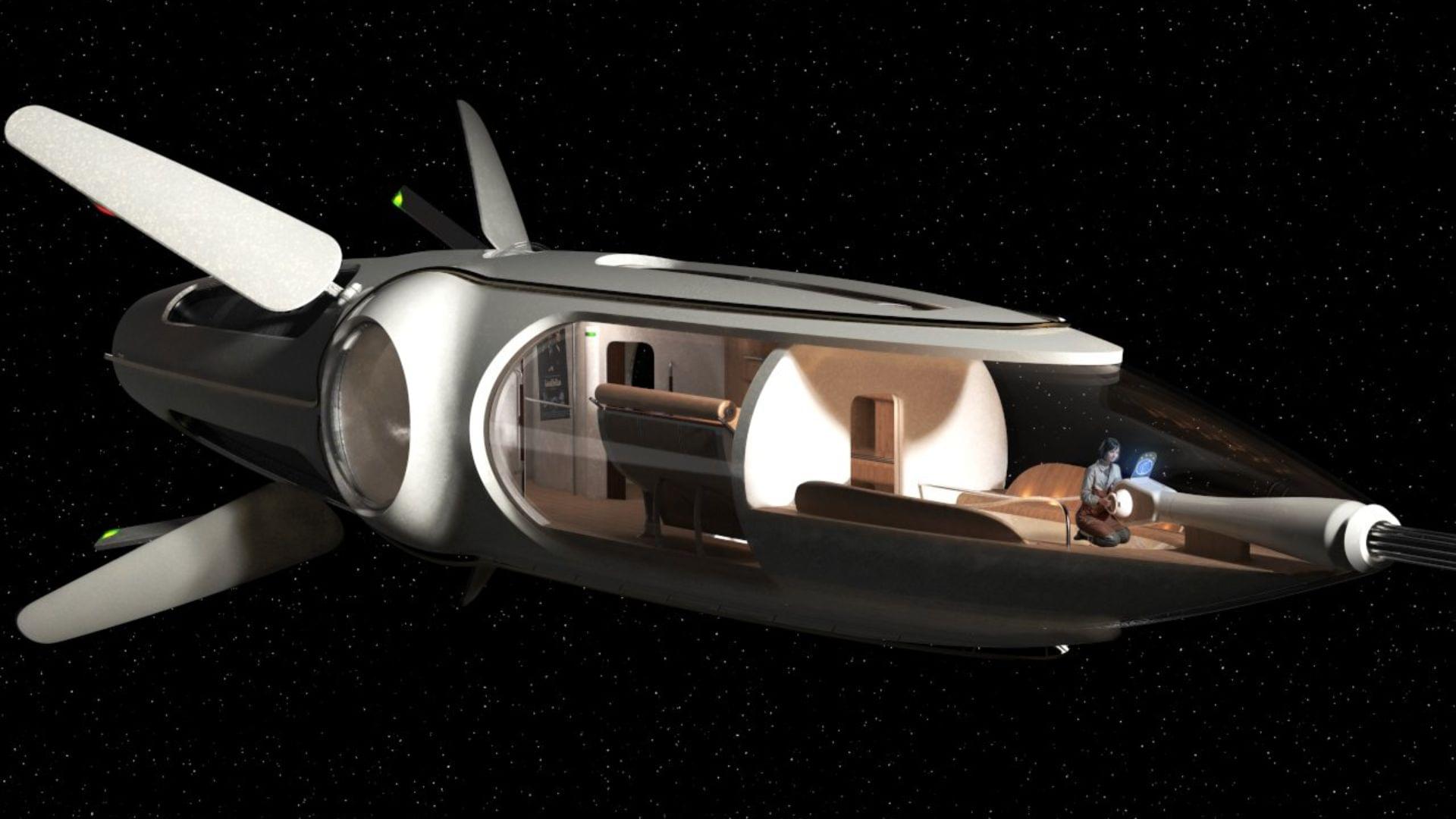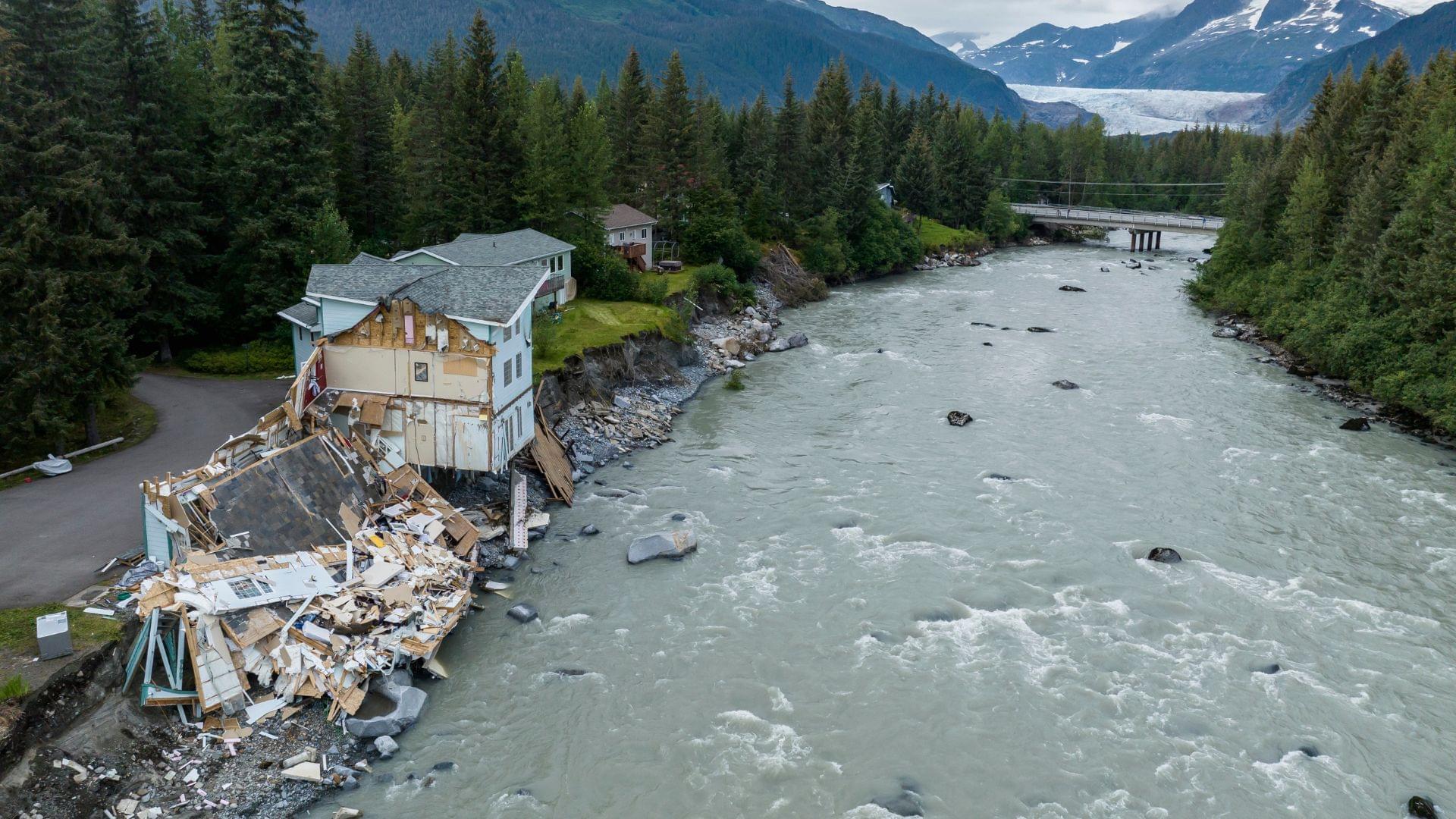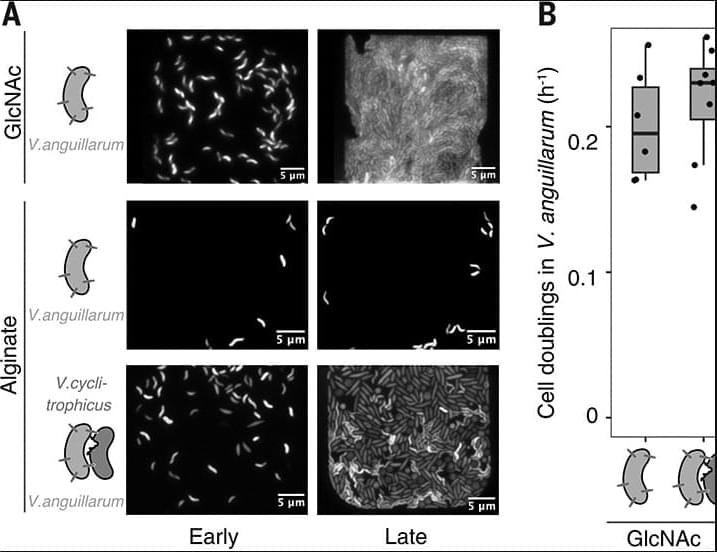New solar-powered spacecraft concept prioritizes mental health, comfort.
With a Zen-inspired cockpit and Nordic-style galley, this design proves that long-term space travel can feel like home.

Questions to inspire discussion.
🤖 Q: What is Tesla’s vision for autonomous vehicles? A: Tesla is prioritizing a robo taxi future with Cybercab and potentially Robovan, likely to focus on producing robo vehicles over traditional cars in the near future.
📊 Q: How does the Model Y L fit into Tesla’s robotaxi plans? A: The Model Y L would be a good fit for the robo taxi network, offering a bigger car with more versatility that people want, even if they don’t need the space, and would be a hot seller in the US market.
Tesla’s Full Self-Driving Progress.
🚀 Q: How close is Tesla to achieving full self-driving? A: With version 14 of FSD almost complete and version 15 likely to be the final needed version within a year, Tesla is expected to fully commit to the robo taxi future.
🏢 Q: How has Tesla’s leadership approached the robotaxi strategy? A: Tesla’s executives previously resisted Elon Musk’s push to bet the company on robo taxis, but are now likely to fully commit given the progress in FSD development.
What does it take to turn the Sun into a power grid? Discover the step-by-step path from asteroid mining to a star-spanning megastructure.
Watch my exclusive video Dark Biospheres: https://nebula.tv/videos/isaacarthur–…
Get Nebula using my link for 40% off an annual subscription: https://go.nebula.tv/isaacarthur.
Get a Lifetime Membership to Nebula for only $300: https://go.nebula.tv/lifetime?ref=isa…
Use the link https://gift.nebula.tv/isaacarthur to give a year of Nebula to a friend for just $36.
Visit our Website: http://www.isaacarthur.net.
Join Nebula: https://go.nebula.tv/isaacarthur.
Support us on Patreon: / isaacarthur.
Support us on Subscribestar: https://www.subscribestar.com/isaac-a…
Facebook Group: / 1583992725237264
Reddit: / isaacarthur.
Twitter: / isaac_a_arthur on Twitter and RT our future content.
SFIA Discord Server: / discord.
Credits:
Building a Dyson Swarm… from Scratch.
Written, Produced & Narrated by: Isaac Arthur.
Graphics: Bryan Versteeg, Jeremy Jozwik, Ken York Sergio Botero.
Select imagery/video supplied by Getty Images.
Music Courtesy of Epidemic Sound http://epidemicsound.com/creator.
Chapters.
0:00 Intro What Is a Dyson Swarm?
5:49 Gathering the Materials.
9:40 Proto-Swarm: Our First Steps.
13:05 Mining the Solar System.
14:33 Beyond Mercury: The True Scale of the Swarm.
19:10 Ghosts of Friendship Past.
20:34 Building Habitats: How Much Mass Do We Really Need?
27:42 The Long Dawn of a Stellar Civilization.

SpaceX is making significant progress towards establishing a human presence on Mars, with a major contract, advancements in technology, and plans for infrastructure development, potentially giving them a lead over competitors and raising questions about the future of space exploration and ownership ##
## Questions to inspire discussion.
Mars Exploration and Infrastructure.
🚀 Q: What is SpaceX’s breakthrough in Mars exploration? A: SpaceX’s Starship secured its first paying customer for Mars payloads: the Italian Space Agency, in a deal worth hundreds of millions of dollars.
🔬 Q: What experiments will the Italian Space Agency conduct on Mars? A: The payload includes plant growth, radiation, and local climate monitoring experiments, collecting data during the 6-month flight and on Mars’ surface.
🤖 Q: How will robots assist in Mars exploration? A: SpaceX plans to send 1,000–2,000 Optimus robots to Mars to fix rovers, run experiments, maintain equipment, and scout locations for future missions.

Collaborating with robotics engineers and Italian 3D printer manufacturers, a Japanese company is building “homes of earth” made primarily from soil.
Utilizing AI technology from design through construction, Lib Work, Ltd. completed their first 3D-printed earth home in Yamaga, Kumamoto on July 22, calling their creative process “uncharted territory where tradition and convention offered no guide”
While the automotive industry has undergone rapid transformation through technological advances, the housing industry has seen virtually no fundamental innovation in construction methods, materials, or structures for over 50 years.


Males born in summer months reported higher depression symptom scores than males born during other seasons, according to a study from Kwantlen Polytechnic University. Anxiety symptoms showed no association with season of birth for either sex.
Anxiety and depression remain among the most common mental disorders worldwide, with both conditions contributing to long-term disability, physical comorbidities, and substantial economic losses. A range of factors shape mental health across the lifespan, including housing, income, education, and age. Research into early-life exposures remains limited, particularly exposures shaped by environmental seasonality.
During gestation, exposure to temperature shifts, maternal diet, seasonal infections, and variation in daylight may influence neurodevelopment. Birth season has previously been associated with risk for psychiatric conditions including schizophrenia, bipolar disorder, and schizoaffective disorder. Studies examining birth season and depression have produced mixed results, often without stratifying by sex.

Fascinating paper where the authors show that many bacteria can attack other ‘prey’ bacteria (using T6SS as a weapon) and feed on the nutrients released by the destroyed prey. This behavior appears widespread across environments such as soil, ocean, etc.
In natural habitats, nutrient availability limits bacterial growth. We discovered that bacteria can overcome this limitation by acquiring nutrients by lysing neighboring cells through contact-dependent antagonism. Using single-cell live imaging and isotopic markers, we found that during starvation, the type VI secretion system (T6SS) lysed neighboring cells and thus provided nutrients from lysing cells for growth. Genomic adaptations in antagonists, characterized by a reduced metabolic gene repertoire, and the previously unexplored distribution of the T6SS across bacterial taxa in natural environments suggest that bacterial antagonism may contribute to nutrient transfer within microbial communities in many ecosystems.

A personalized brain stimulation system powered by artificial intelligence (AI) that can safely enhance concentration from home has been developed by researchers from the University of Surrey, the University of Oxford and Cognitive Neurotechnology. Designed to adapt to individual characteristics, the system could help people improve focus during study, work, or other mentally demanding tasks.
Published in npj Digital Medicine, the study is based on a patented approach that uses non-invasive brain stimulation alongside adaptive AI to maximize its impact.
The technology uses transcranial random noise stimulation (tRNS)—a gentle and painless form of electrical brain stimulation—and an AI algorithm that learns to personalize stimulation based on individual features, including attention level and head size.